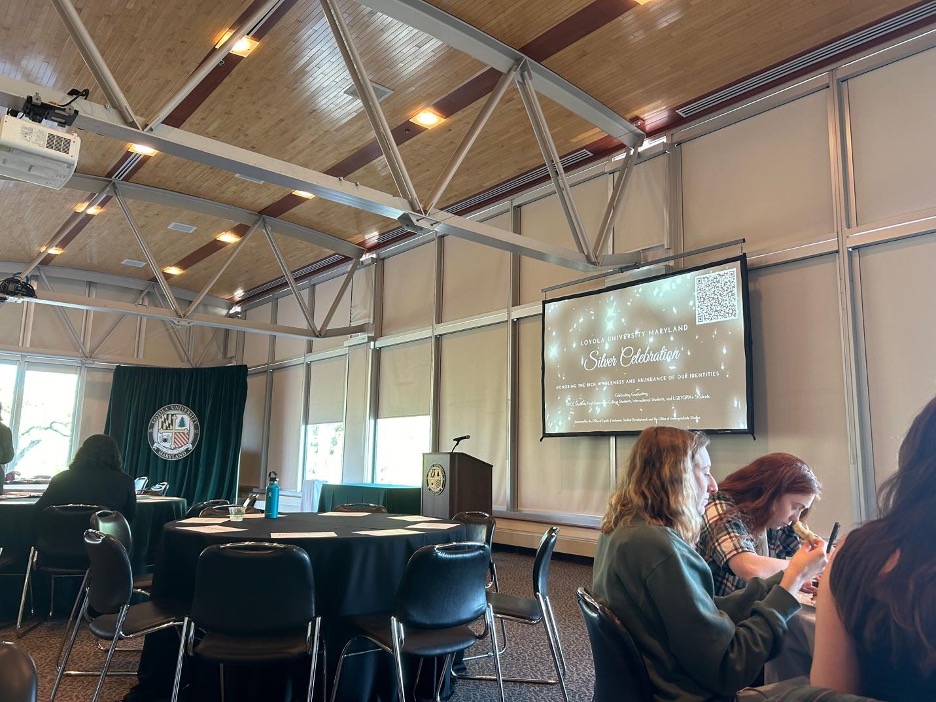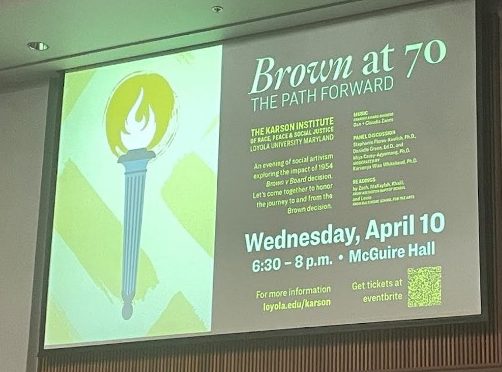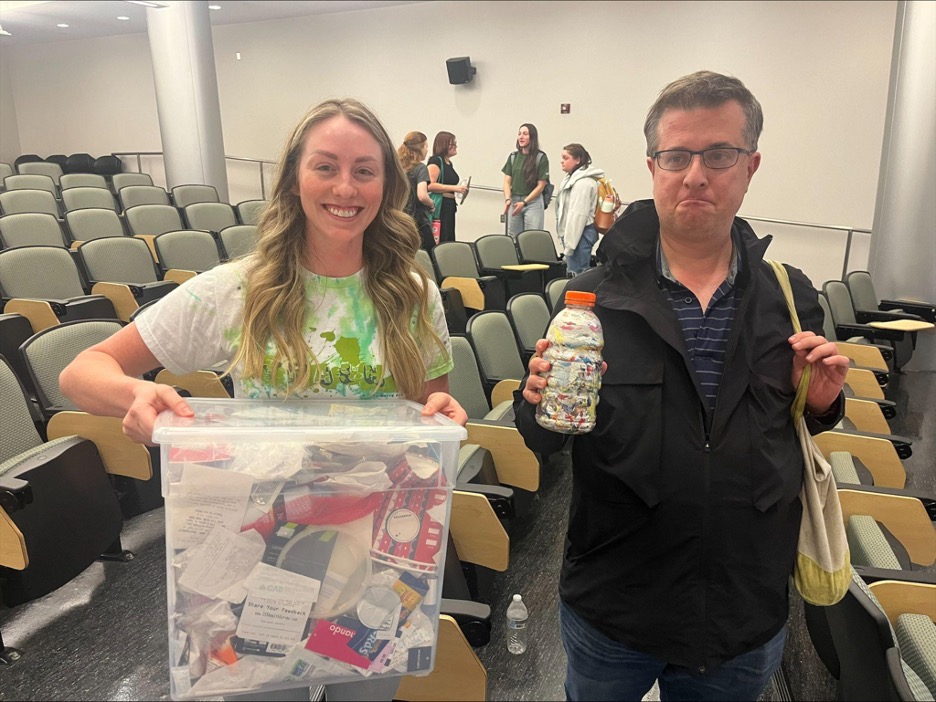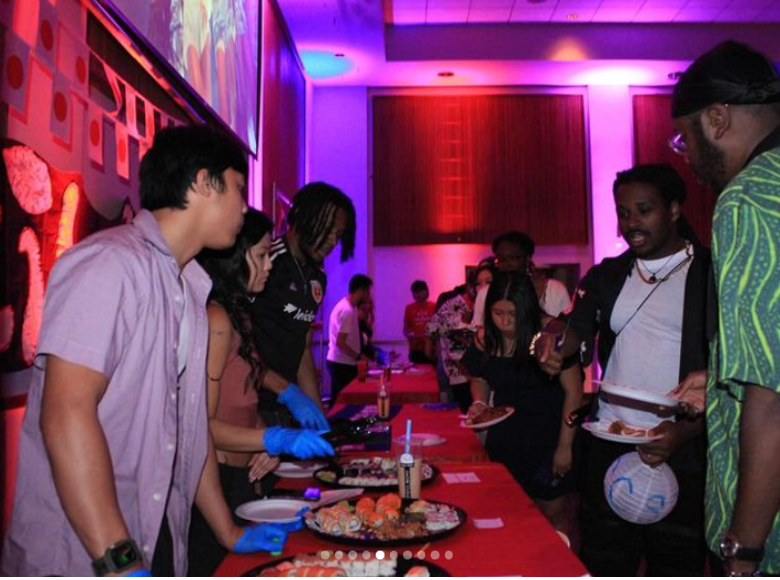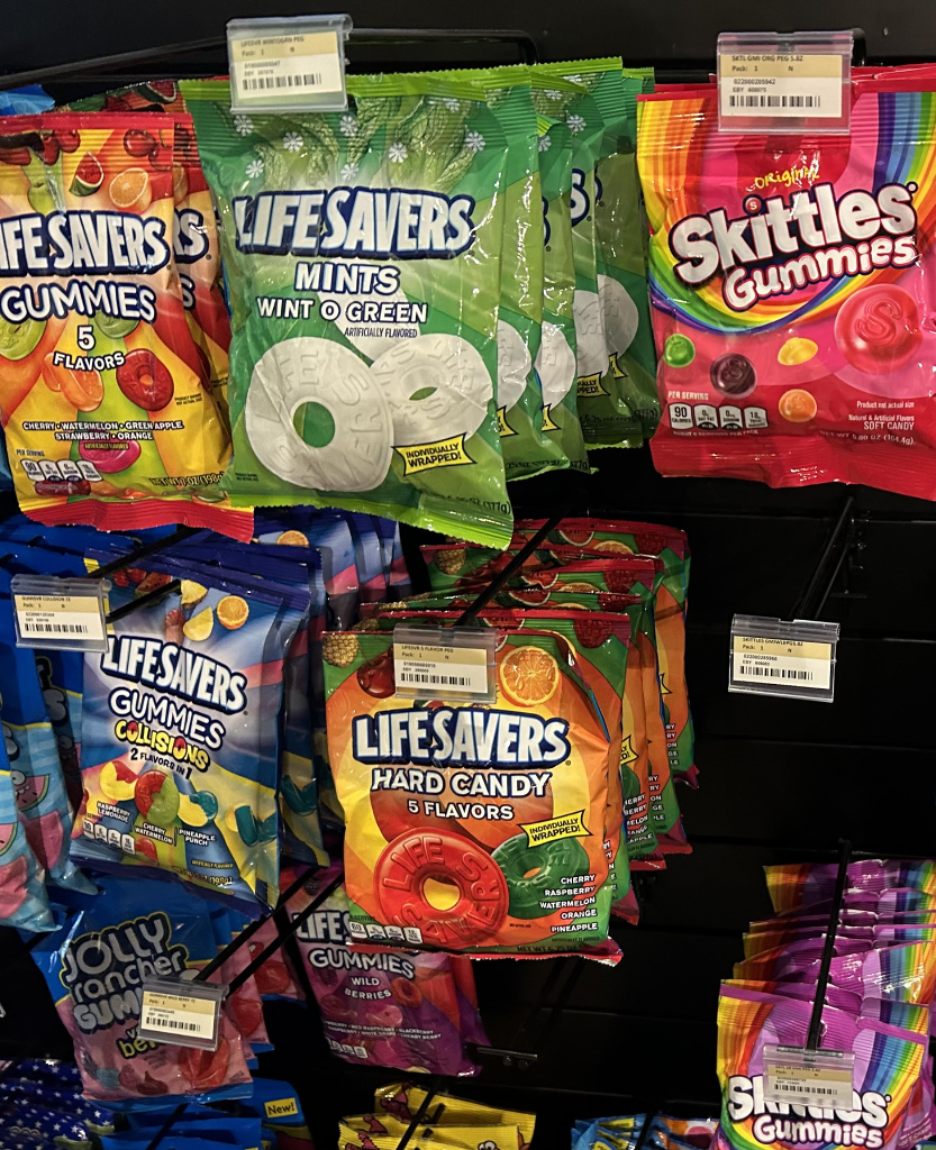Read the first page of a newspaper. What do you see? Probably something important. The layout, font size, picture usage of the front page are all designed to attract your immediate attention. Obviously a good idea, especially when the story is important. But what will you see if there isn’t any significant event, issue, or problem that needs to be reported that day? The same layout, fonts and pictures will be selling the next best thing. When this is applied digitally, the result is the modern news networks, and the modernization of yellow journalism.
Yellow journalism is often cited as beginning in the late 1800s, continuing into the 20th century. It was used to describe the tactics of exaggeration and shock utilized by Joe Pulitzer and William Randolph Hearst in their attempts to outsell one another in the newspaper business. It is often pointed to as a factor in the outbreak of the Spanish-American War, as news organizations posted incredulous stories of the infamous destruction of the USS Maine, along with Hearst’s famous words, “You furnish the pictures, I’ll furnish the war.” While most directly associated with Hearst and Pulitzer, yellow journalism can refer to any kind of poorly researched or hyperbolic news story, and is considered to be the antithesis of investigative journalism. The term has fallen out of favor over the past century, but the concept and tactics have not only remained alive, but have resurged in the modern era.
The principle of “If it bleeds, it leads” is a more modern description of news media’s tendency to report on stories of violence, murder and hardship. This is most prevalent on the local level, and while the stories presented often are relevant to be reported on, the near exclusive coverage of shocking stories gives viewers the impression that they live surrounded by violence and pain.
While newspapers have since toned down their exaggeration of news stories in an attempt to sell more papers, it seems quite clear that the torch has been passed from the daily print media to the minutely digital and televised media. The rise of 24 hour news networks has quite possibly caused a resurgence of yellow journalism, to the point at which society simply calls it ‘journalism.’ This is mainly a result of the very nature of these networks, the fact being that they are live for the entire day, and must maintain their audience’s attention in order to keep ratings up. As actual breaking news does not occur on a regular, hourly basis, networks fill airtime with less-than-noticeable news and dress it up to shock and awe its viewers through the next commercial break.
The main difference in execution between local media and the 24 hour networks is that 24 hour news cannot maintain its audience’s interest with local stories of violence, unless the story can be used to reflect a trend of “danger” directly threatening the audience’s life, and therefore is required to report on coagulation of a national level.
While one can argue over the alleged political or ideological agendas of news networks, their awkward attempts to appeal to “younger” viewers, and the near-disappearance of investigative news coverage reveals the fact that news has become a commodity. It has become blatantly obvious that news networks are desperate to boost their ratings, to the point that they will attempt any form of hyperbole to maintain attention. The result is a complete dilution of fact and investigation, as most reports, if admitted to a court of law, would certainly be deemed “hearsay.”
It is understandable that news media can make mistakes in their reporting, especially when they are actively trying to garner attention for 24 hours, but that fact in itself is part of the problem. News typically does not require 24-hour attention, which is why the whole model of a station with an unending broadcast dedicated to the business is as much a cause as it is a symptom of the issue. If digital media journalism wishes to maintain any form of credibility, then it needs to first accept the fact that it will almost never have enough material to maintain an audience’s attention for an entire broadcast day. Pretending otherwise will only serve to harm its reputation and the intelligence of the general population.





